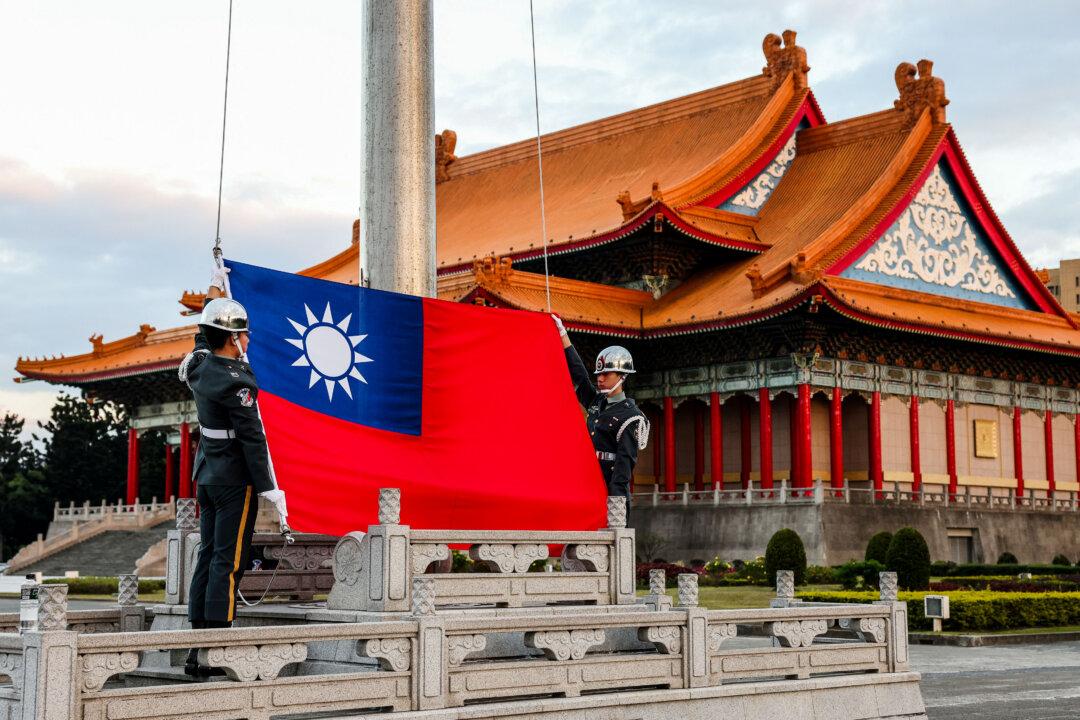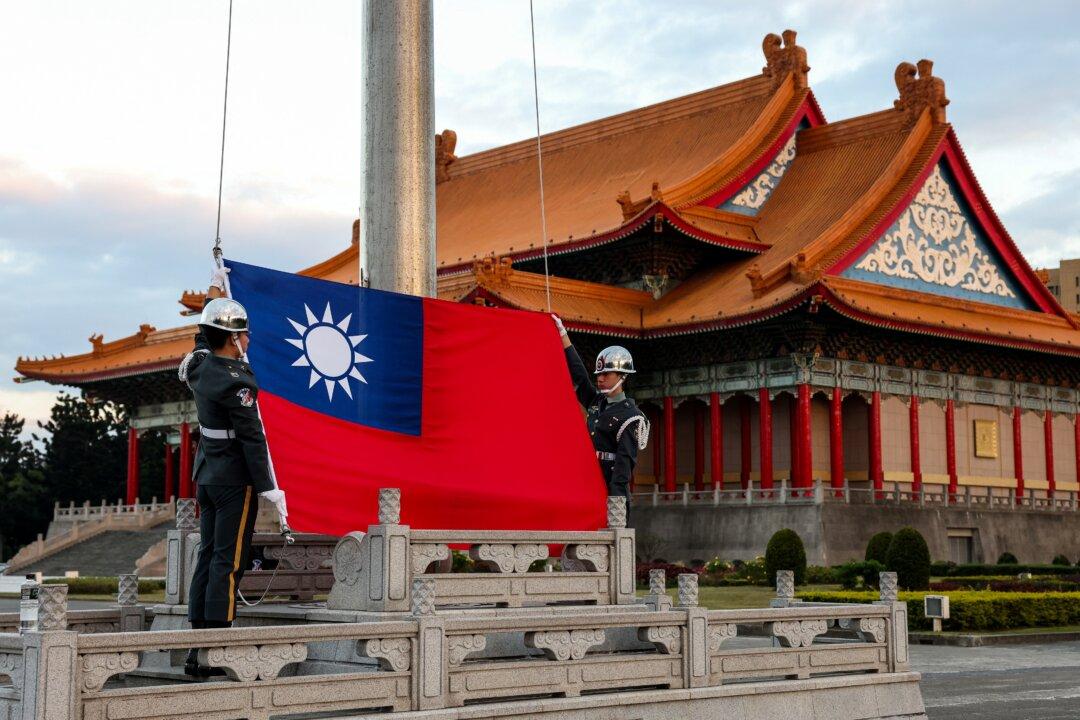Three major U.S. investment banks will delist a total of about 500 Hong Kong-listed structured products, according to corporate filings from Hong Kong stock exchanges on Sunday.
Goldman Sachs, JPMorgan, and Morgan Stanley stated that the delisting was in compliance with President Donald Trump’s executive order (E.O.) 13959.
Trump issued the order (
pdf) on Nov. 12 last year, banning U.S. investments in Chinese companies that have been designated by the Pentagon as having ties to the Chinese military, citing threats to U.S. national security.
A total of 35 Chinese companies (
pdf) are banned, including three Chinese telecom companies—China Mobile, China Telecommunications, and China United Network Communications—as well as surveillance equipment maker Hikvision, semiconductor chipmaker SMIC, and railcar-maker CRRC.
The ban comes into force on
Jan. 11 when U.S. investors, including pension funds, will be prohibited from trading any securities of these blacklisted Chinese companies. However, transactions to divest the covered securities are permitted until
Nov. 11 this year.
Hong Kong Exchanges and Clearing, which runs the Hong Kong Stock Exchange, said in a
statement on Sunday that the planned delisting won’t have a “material adverse impact” on the city’s structured products market.
“HKEX is working closely with the relevant issuers to ensure orderly delisting, and facilitate buyback arrangements being arranged by the issuers,” it added.
On Jan. 7, the New York Stock Exchange
announced that it will delist the three Chinese telecom companies beginning on Jan. 11 but not before
MSCI Inc.,
FTSE Russell,
S&P Dow Jones, and
Nasdaq have all announced removing some Chinese companies from their indexes, in compliance with the executive order.
On Nov. 13 last year, China’s foreign ministry spokesperson Wang Wenbin, when asked about Trump’s executive order in a daily briefing, accused the U.S. government of “abusing” its power to “repress Chinese enterprises.”
Wang also accused the U.S. government of “stigmatizing and discrediting China’s policy of military-civilian integration.”
The integration is known formally as the military-civil fusion, which Beijing adopts to advance its technology innovations. The fusion effort is overseen by a Chinese government agency called the Central Commission for the Development of Military-Civil Fusion, which was established in 2017.
The Trump administration has repeatedly warned about the Chinese Communist Party’s (CCP) efforts to leverage this cooperation.
“Through the national strategy of Military-Civil Fusion, the PRC [People’s Republic of China] increases the size of the country’s military-industrial complex by compelling civilian Chinese companies to support its military and intelligence activities,” stated the White House in a
statement on Nov. 12 accompanying the executive order.
The White House added, “Those companies, though remaining ostensibly private and civilian, directly support the PRC’s military, intelligence, and security apparatuses and aid in their development and modernization.”
“The CCP is implementing this strategy, not just through its own research and development efforts, but also by acquiring and diverting the world’s cutting-edge technologies—including through theft—in order to achieve military dominance,” the U.S. State Department
describes on its website.





